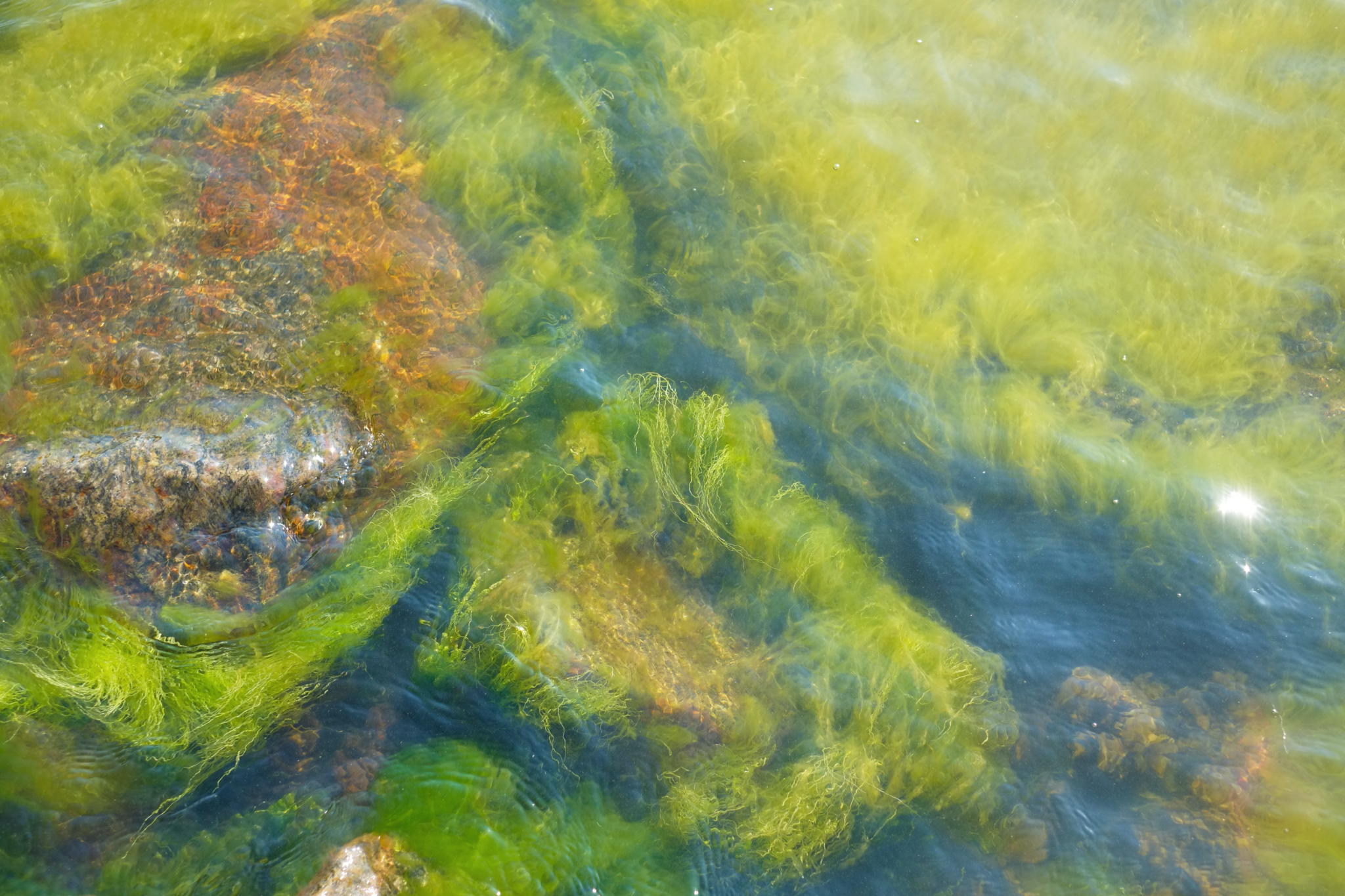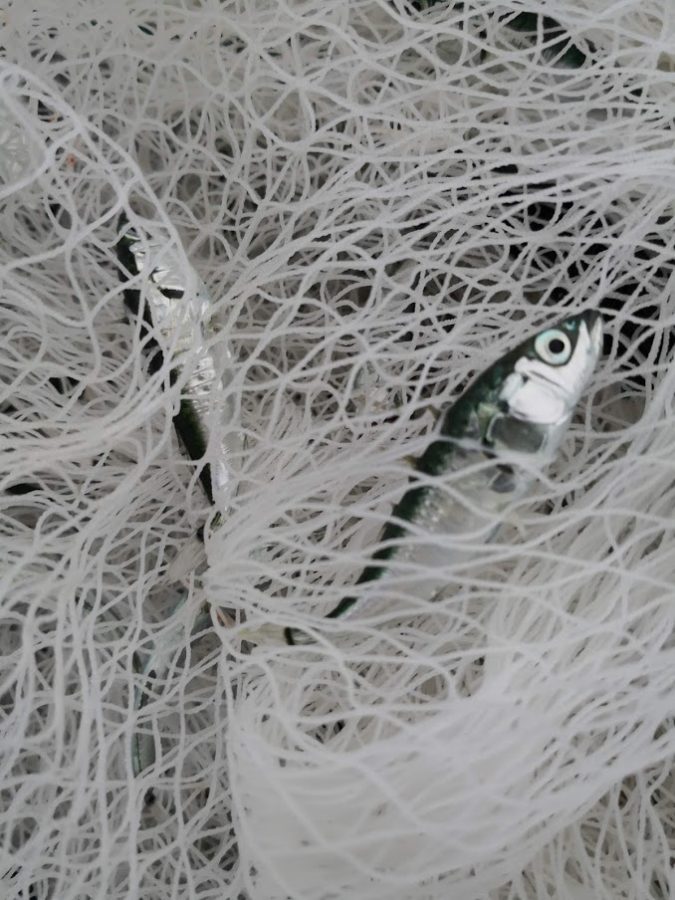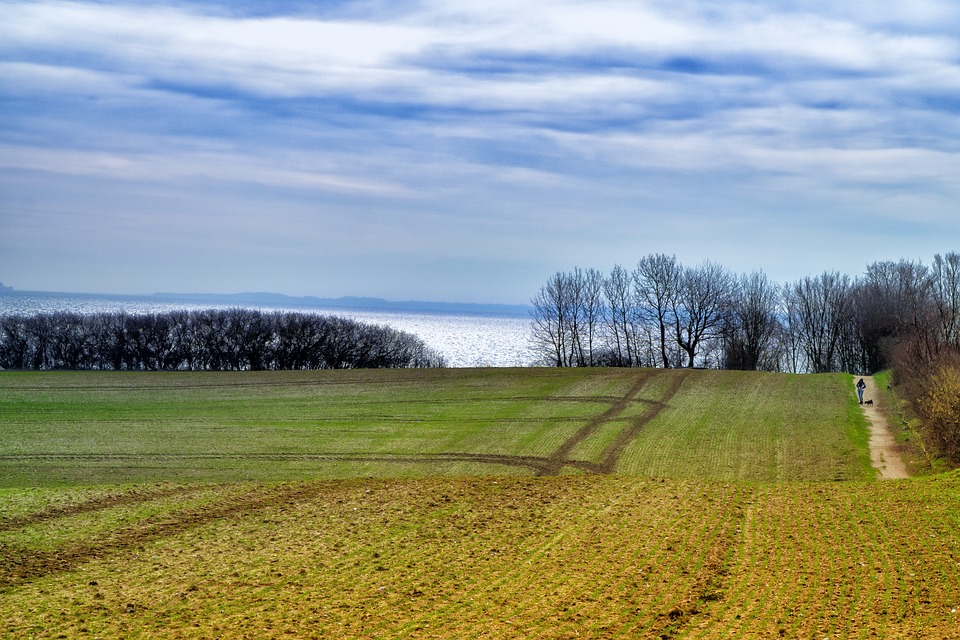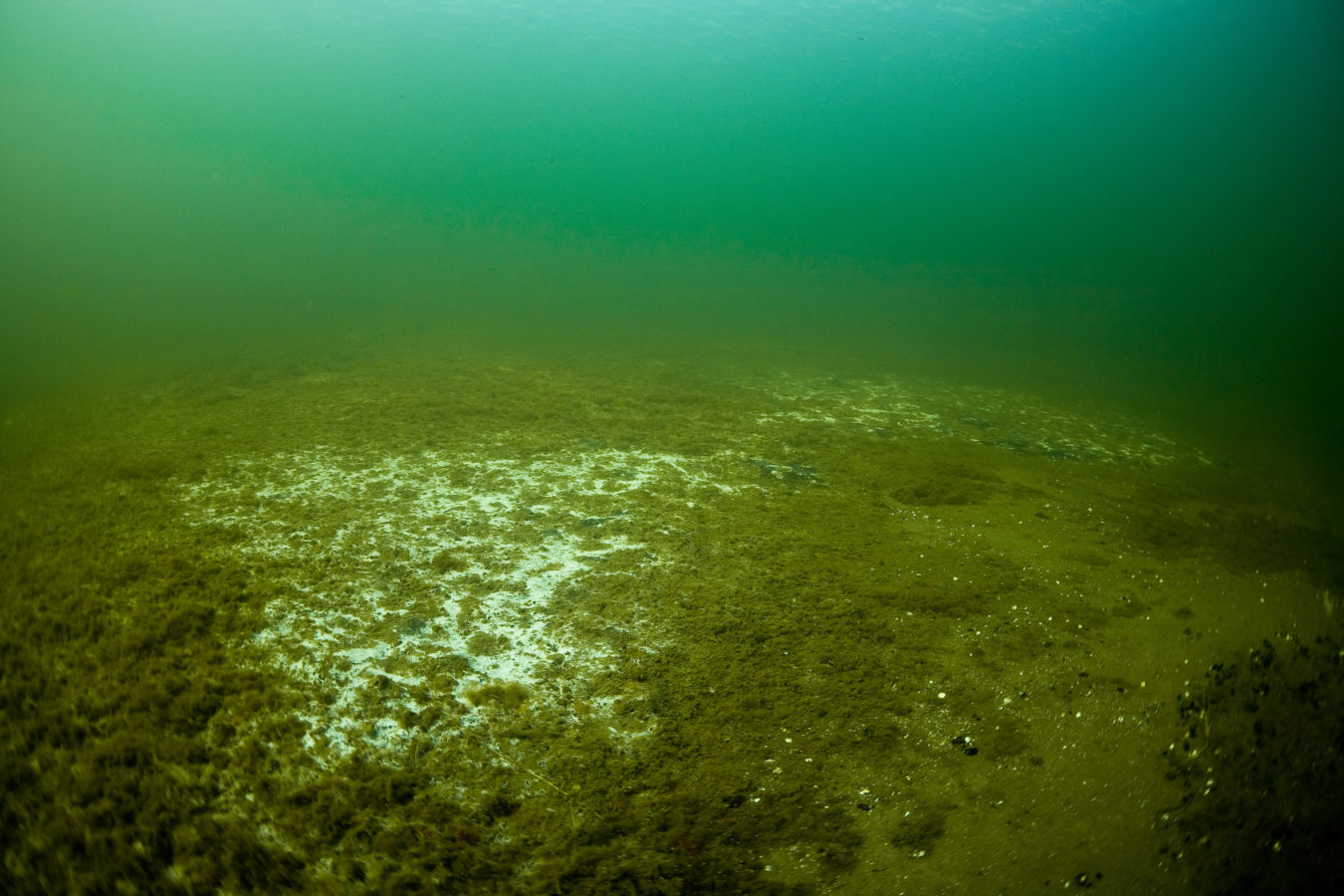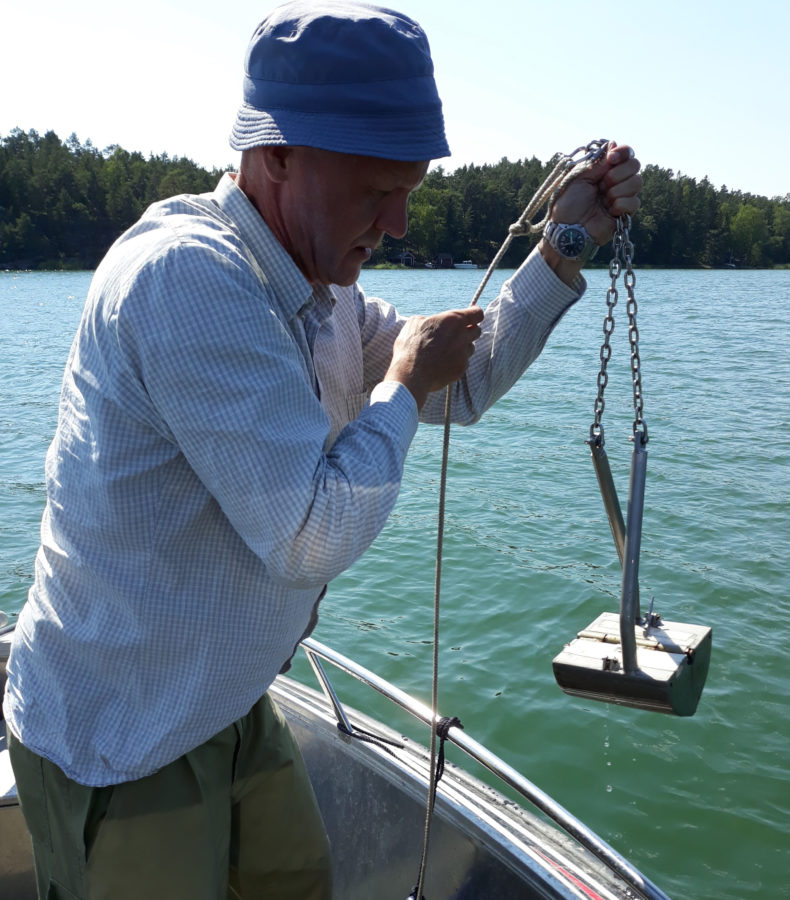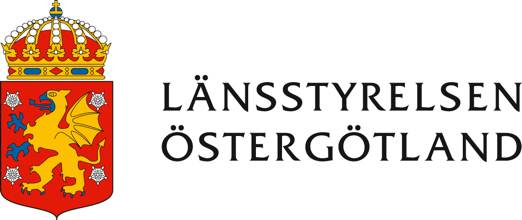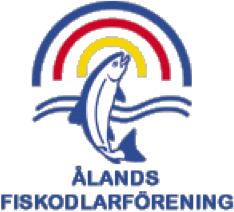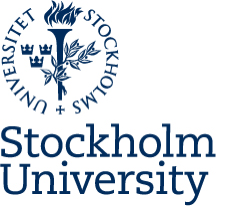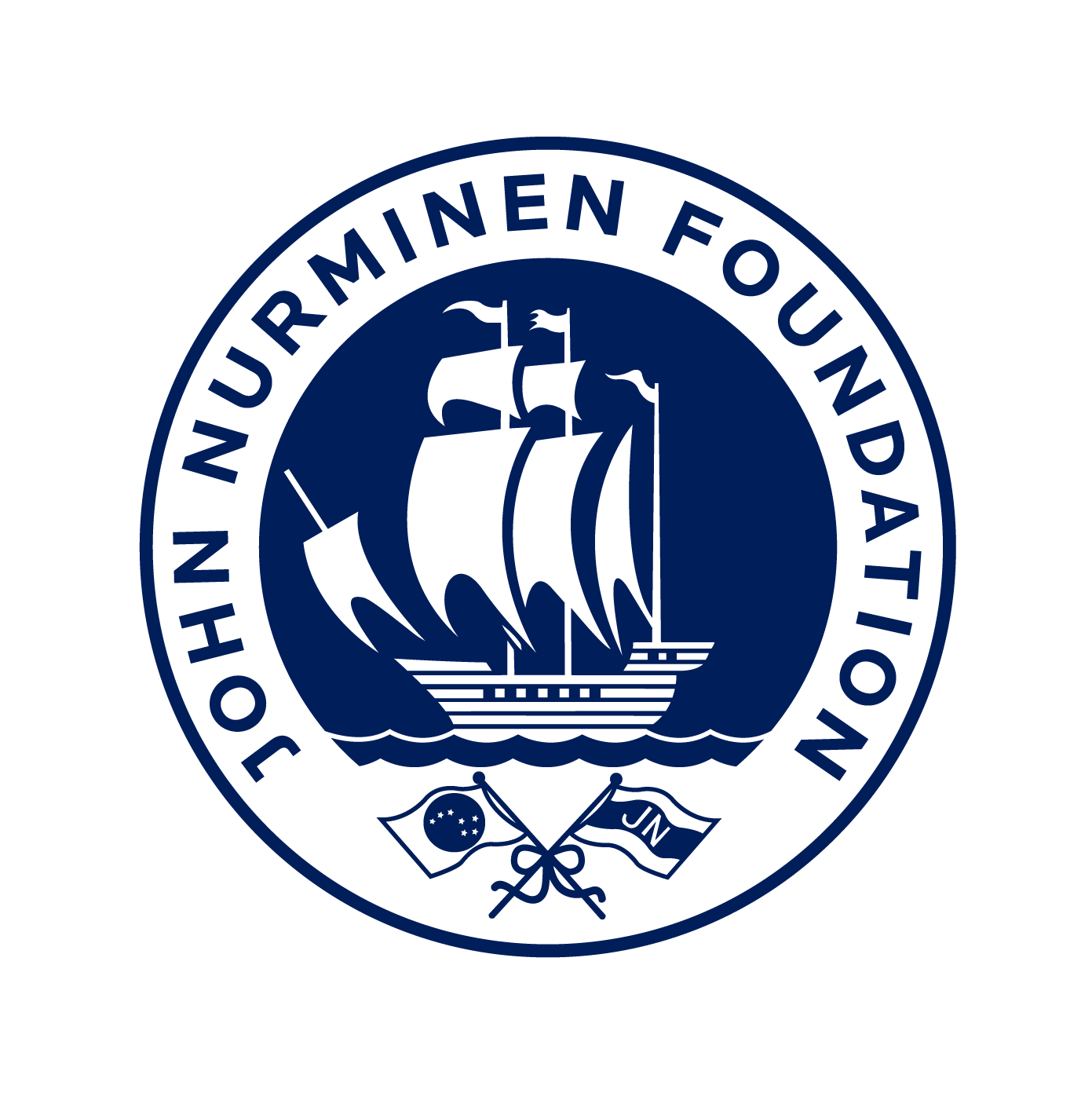Removal of active top layer of sediment – Southwest Finland ELY Centre
Two pilots on removal of organic, oxygen consuming, active top layer of bottom sediment will be carried out at two pilot sites in Finland. Potential methods for sediment removal will be tested and, based on the results, the effect and efficiency of these methods will be evaluated. The main objective of the measure is to eliminate the organic oxygen consumption processes in the sediment and, consequently, decrease the leakage of phosphorus from anoxic sediment to the water phase. Therefore, to gain information on the efficiency of the measure, the nutrient contents in the sediment will be measured and changes in nutrient concentration in the water above the sediment will be monitored thoroughly. The suitability and potential of the measure in Baltic Sea protection will be evaluated, especially for coastal anoxic bottom areas that have been historically under high nutrient load, with little possibilities of significant flora or fauna to survive without restoration measures.
Read more
